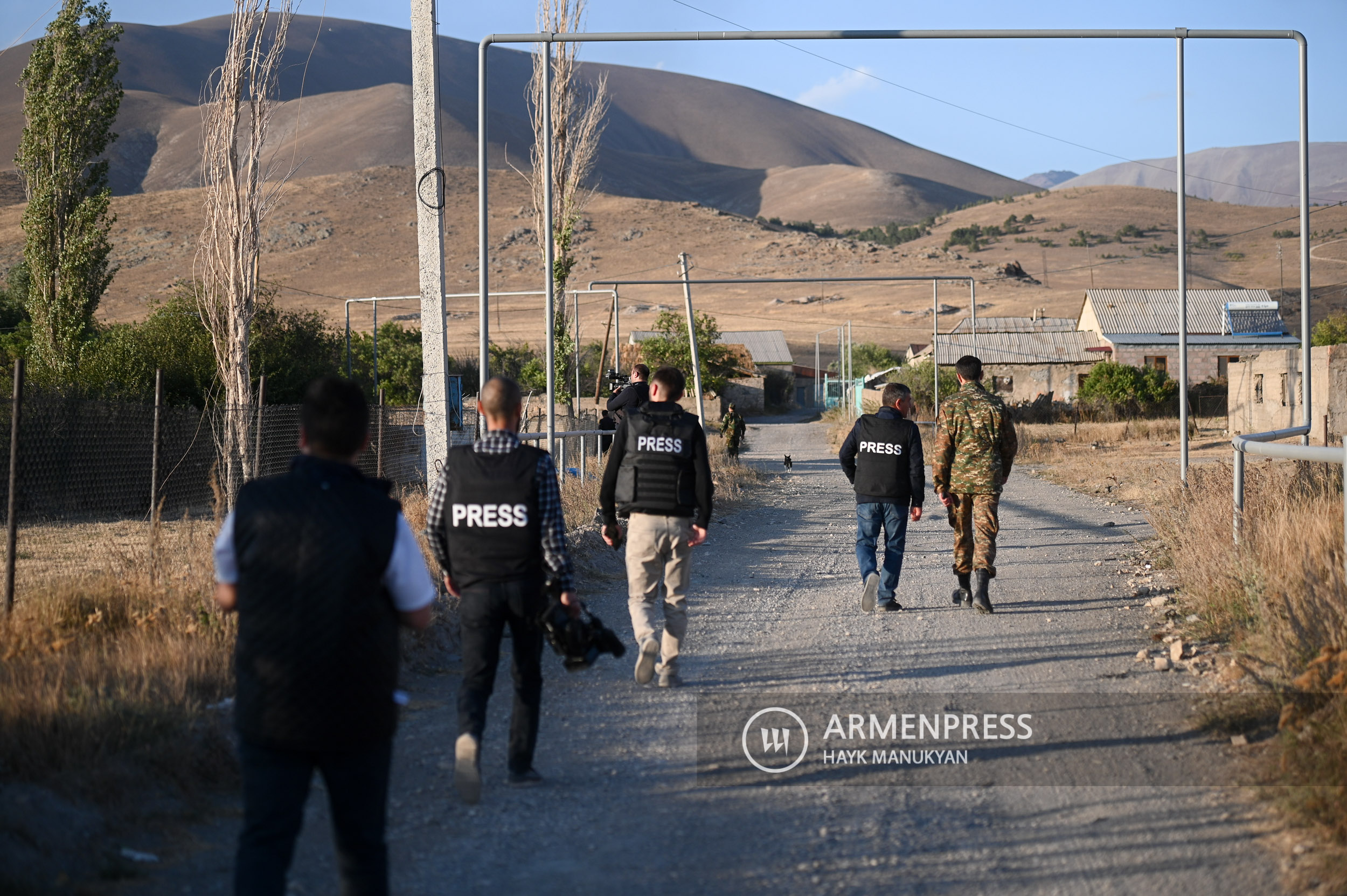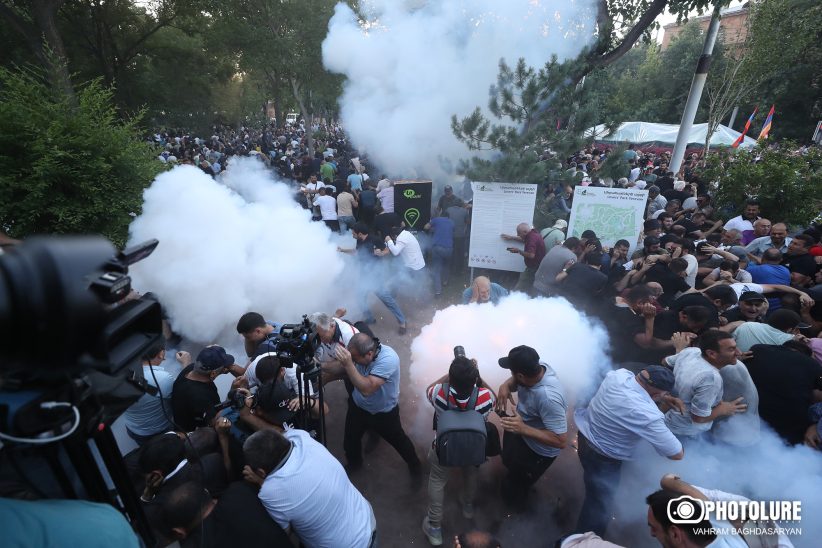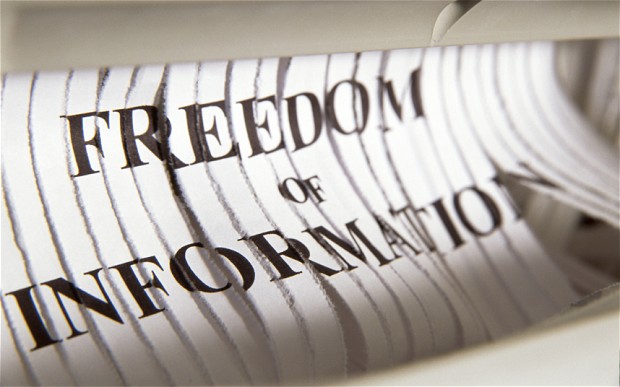The year 2022 was a difficult and busy year for the activities of the journalists and media, due to the need of covering the Azerbaijani military aggression against Armenia and serious escalations in the Artsakh conflict, domestic tensions and protests, and other extreme events. The situation was aggravating also because of the violence and various other kinds of pressure and obstructions against media representatives. The qualtitative visualization of these developments reveals an undulating pattern with rises and falls.
Thus, in the course of the first quarter, which was relatively calmer, there was 1 case of violence and 12 cases of other types of pressure. Both indicators are lower than that for the same period in 2021. There were also 45 violations of the right to send and receive information, which is three times more than in the same period of 2021. In the course of the second quarter there was a surge in the total number of physical violence cases – 11 cases with 12 victims of which 10 (11 victims) happened during the coverage of the disobedience actions, organized by the opposition. Besides, 24 violations of the right to receive and disseminate information were recorded with 11 cases of various types of pressure put on media outlets and their staff members. In the third quarter, 2 cases of physical violence were recorded with 3 victims, in the fourth quarter no case was recorded. The number of cases involving other types of pressure, including those in the form of lawsuits, were 18 and 14 respectively, and the violations of the right to receive information amounted to 20 and 26. As it can be inferred, apart from physical violence cases, the intensity of all other types of pressure and the violations of media rights persisted throughout the year.
The cases of obstructing the professional activity of the media representatives and the disrespectful and offensive beahaviour by some officials and law-enforcement body represenatives still cause concern. Those, as a rule, led to no consequences.
The military activity launched by Azerbaijan against Armenia on September 13 – 14, became a serious threat to those media representatives who covered them. Particularly, in the border settlement of Sotk in the RA the opponent targeted a group of journalists and fired in their direction. Fortunately, no one suffered physical injuries.
The Russian peace-keepers also created improper hindrances for Armenian media outlets during the year, prohibiting their entry to Nagorno Karabkh as well as banning the visit to the section of Lachin corridor where the Azerbaijanis have blocked the only life road, connecting Artsakh with Armenia and the external world ever since December 12. The peacekeepers have not presented any proper justification for these hindrances. As a result, the Armenian media outlets have been deprived of the possibility of familiarizing themselves with the situation and covering it, whereas the Azerbaijani media presented the issue purely from the stance of the official Baku, claiming that Artsakh was not in a blockade and that the Lachin corridor was functioning, thus causing misunderstanding in the international community.
All the above-mentioned cases are described in detail in the relevant sections of the report, and CPFE, in joint action with partner organizations, issued statements on the more extraordinary ones.
International organizations, too, issued statements, condemning the obstructions of the professional activity of the media outlets and their staff members, urging the RA authorities and especially law enforcement bodies who support the journalists, fulfilling their professional duties and not to be permissive for the violations of their rights.
Issues related to media legislation were in the focus of the attention of Armenian and international organizations, too. In order to prevent the regressive trends by the proposed and adopted legislative amendments, initiated by the authorities, 11 local journalistic organizations came up with an initiative which would entail partnership between the legislative and executive state authoties and the civil society organizations. As a result, the Committee for the Protection of Freedom of Expression, being authorized by 10 partner organizations, signed a Memorandum of Cooperation with the Chair of the relevant Committee of the NA and the Deputy Minister of the Ministry of Justice on April 19. Accordingly, the development for the Information sector development and media legislation reforms concept note was launched. The key principles of this document will serve as a basis for the future legislative amendments.
Nevertheless, the authorities have not yet given up the malicious practice of adopting legislative amendments without consultations with specialized NGOs or the receipt of international expert opinions. This was the practice after which on May 25 the amendments and supplements to the provision on the accreditation of journalists in RA Law “On Media” were adopted, and on December 22, a draft of making amendments and supplements to the Law “On the Legal Regime of the Marshall Law” was uploaded onto the e-draft.am official website.
The CPFE would like to note the positive developments that after the well-substantiated criticism by the journalistic and human rights activist community, the authorities refused to continue with the legislative provisions that defined criminal responsibility for the “grave insult” passed in 2021, and it was decided to remove them from the new version of the Criminal Code.
As compared with 2021, the number of lawsuits against media outlets and journalists halved, which, however, still remained quite high: 32 new cases were recorded. The majority of those cases, namely 30, were based on Article 1087.1 of the RA Civil Code that have to do with insult and defamation. And in 2 cases, media outlets acted as a third party within the lawsuits with TV companies against the Commission on Television and Radio. The lawsuits were triggered by the competitions organized by the latter as a result of which Armenian TV Channel 2 and Yerkir Media were not awarded licenses. However, the authorization as provided for the Law on Audio-Visual Media lets them continue their activity and broadcast through cable or other technologies.
In 2022, the international organization Reporters without Borders published its report where Armenia improved its positions with regard to the freedom of press, rising to the 51st position vis-à-vis 63 last year. According to Article 19 international organization’s report, Armenia was classified as a country with “less restricted” freedom of expression, coming 46th among 161 countries. By the way, Azerbaijan came the 136th, Turkey was the 141st, Iran was the 143rd, all three were classified as countries “in crisis.” And in the annual report of Freedom House organization – Freedom on the Net – Armenia was classified to the group of free countries, scoring 74 points, which is 3 points more than in 2021.
In total, there were 184 reported violations of the rights of journalists and the media in 2022. 14 were cases of physical violence, 55 were cases of pressure against the media and their personnel, and 115 were cases of violations of the right to receive and disseminate information.








